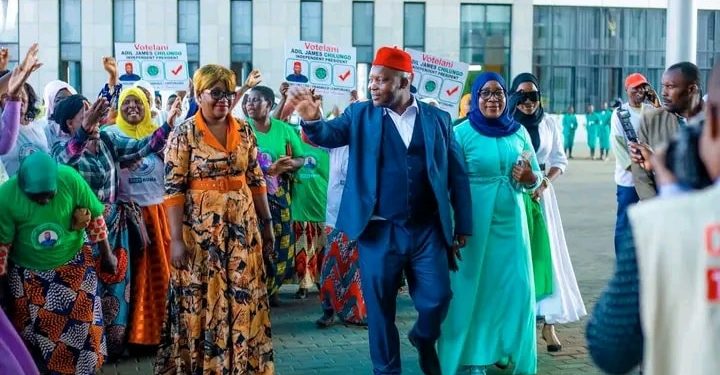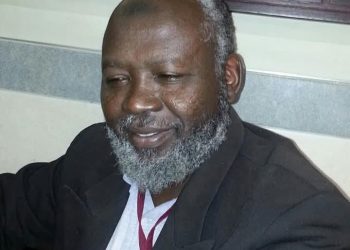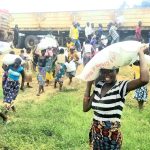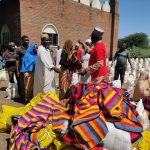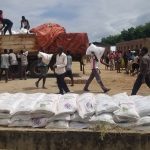
When Hon Justin Malewezi, former Vice President of the Republic of Malawi visited Malaysia in February 2003 for the Non-Allied Movement, he and his entourage marvelled at how far developed Malaysia is. “One wonders why this country is referred to as a developing country. They have progressed beyond that point”, he remarked after a tour of the then new Government city of Putra Jaya. “Sir, Malawi can do this as some of us have seen how it is done. The new cities have sprung in our presence and we have witnessed the transformation of vast forests into glittering city streets and highways, shopping malls leisure and industrial parks” I retorted as a leader of the Malawian students. Among his entourage were Dr Isaac Lamba, then Malawi Rep at the UN, Right Hon Chimunthu Banda, Cabinet Minister and Hon. Muhammad Kulesi, his special advisor. The ex VP was also impressed with how Malaysian women were at the centre of the development. He noted that they were a lot of women manning the offices and running departments almost in equal representation with the men. To him, this was a very commendable achievement for a country that was termed to be developing.
The ex VP was right in marvelling at Malayisia’s achievements. In the early 1970s, Malaysia was a poor country largely dependent on Agriculture. Noticing its plight, the authorities drew lessons from the four Asian Tigers in the name of South Korea, Singapore, Taiwan and Hong Kong. These four economies are noted for their rapid economic growth rates of above 7% annually which resulted in swift industrialisation between the early 1960s and 1990s. Consequently, the Malaysian authorities drafted and implemented five year economic frameworks termed as New Economic Plan (NEP) which were eventually retired in 1990 to be replaced with the National Development Policy. In the plans and policies, the Government would set out the economic agenda and objectives to be achieved within that period and would work towards achieving them. Of course the success and failure of these plans and policies is a contentious subject, but one thing that is clear is that Malaysia is no longer the same economically. Its GDP per capita is estimated to be at $14,700 while foreign reserves stand at $130 billion. The economy has been transformed from agricultural and mining to manufacturing and service industry, and now the country is a member of the Tiger Cub OF Asia, alongside Thailand, Phillipines and Indonesia.
What Malaysia has achieved is not rocket science and it is a testimony to the fact that with sound economic policies accompanied with national commitment and proper planning, millions of lives can be uplifted from poverty. Using a proper planning model, Malawi’s government, be it the current one or future, must promote private enterprise and ownership of the economy. We must concentrate on education, agriculture, manufacturing and the service industry and advance to the transition in to high value-added activities in these areas. The citizenry must feel part of the solution of the economic malaise we have been blighted with for generations. We cannot afford to continue with business as usual for this will be suicidal and unfair to future generations. Hence there is an urgent need to revamp and accelerate economic growth by selectively investing in the aforementioned sectors of the economy and building infrastructure to support such sectors. For instance, our agricultural policy on the general has been a disaster since independence as we have mainly concentrated on domestic food production and hunger eradication. Even with that micro focus, we cannot say today that we have completely done away with hunger and starvation.
The solution to this agricultural quagmire is to look beyond the “vote centric” policy of hunger eradication to a robust development policy of product value adding. We need to process our agricultural produce, and when we say produce, we must not be talking about the dead tobacco. Rather, we must be discussing macadamia nuts, coffee, rubber, tea, pea nuts, sugar, rice and most importantly, fruits such as mangoes. Malawi produces some of the best species of Mangoes in the world in abundance but none of these are exported let alone processed or preserved. Rather, they are left to rot during the season in the villages. Macadamia nuts grow very well in the north and Mangochi, Zomba and Thyolo and are fetching very good prices on the international soft commodity market. Some of our rice is sold in Scotland through NASFAM. With some countries such as Ghana in West Africa not producing their own rice, we can market our rice in this region. With arable and fertile land prevalent from the north to the South, not only have we failed to cultivate enough food for ourselves but also failed miserably to diversify our produce portfolio and add value to these agricultural produce. So what Hon. Malewezi admired back in 2003 in Kuala Lumpur is not mission impossible. It can be easily achieved by Malawi. However, it will take brave unselfish leaders who are not ‘vote centric” to achieve such development. Almost 50 years after independence, it beggars belief that our GDP per Capital is still under $500. Malaysia is a good example for us to learn from.

